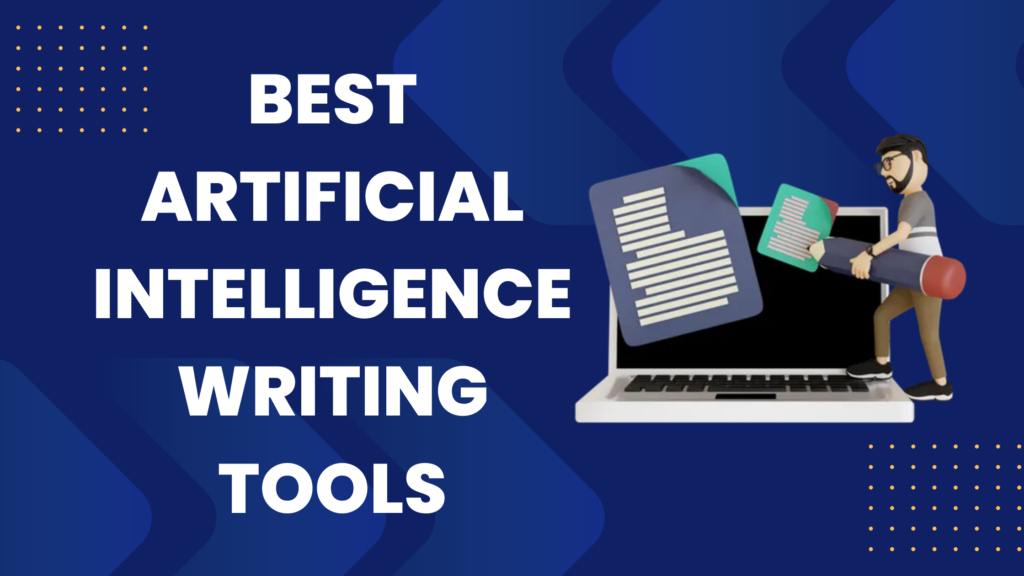AI Writing Website
Best AI Writing Tools Welcome to our AI Writing Website, where creativity meets technology to empower your words! Whether you’re a seasoned writer or just starting, our platform harnesses the power of artificial intelligence to elevate your writing experience. Unleash your imagination with our intuitive and user-friendly interface, designed to inspire and facilitate your writing […]
AI Writing Website Read More »


